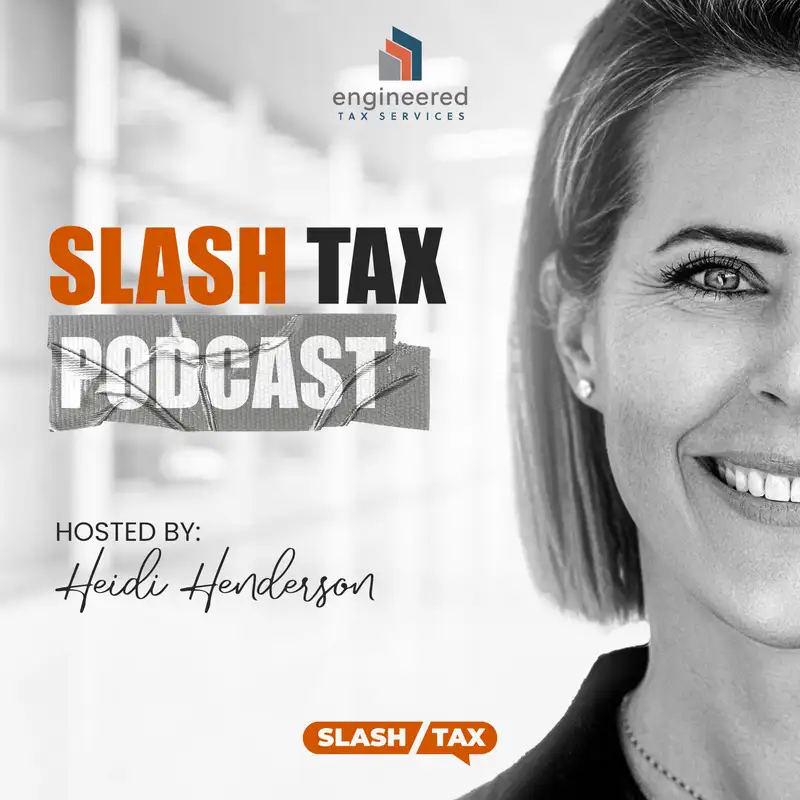
SCOTT CPA’s: From Set to Savings: Film Production Deals That Cut Your Tax Bill
Want a legal way to turn $1 into up to $4 in deductions—while getting a backstage pass to Hollywood? This episode reveals how IRC §181 lets accredited investors pair strategic tax planning with independent film deals alongside CPA David Scott and producer John Lankford.
Summary
Host Heidi Henderson sits down with David Scott, CPA (Scott CPAs) and John Lankford (Founder, Three Legends Entertainment) to unpack a tax-advantaged investment strategy in independent film production. They explain how IRC §181 can allow qualifying investors to deduct first-year production costs—often creating a 3–4× deduction relative to cash invested—why material participation (≈500 hours) can unlock offsets against ordinary income, how state film credits and pre-sales help de-risk projects, and what real investor participation looks like (budgets, set visits, premieres). Ideal for accredited investors and high W-2 earners with meaningful tax liability, this convo blends practical tax planning with a behind-the-scenes look at Hollywood.
Guest(s) Information:
Name: David Scott
Email: david@scottcpas.cpa
Website: https://scottcpas.cpa
Name: John Lankford
Name: John Lankford
Email: John@scottcpas.cpa
Takeaways
- IRC §181 101: Deduct your share of qualified production costs in year one, often creating 3–4× deduction vs dollars invested.
- Participation matters: With ~500 hours of documented, meaningful involvement, losses may offset ordinary income (not just passive).
- Risk & upside: Immediate tax benefit is the “floor”; film performance can add upside via distribution and revenue share.
- Deals are structured: Budgets commonly $2–5M (sometimes higher); funding stacks mix state credits (often 35–40% in some states), foreign/domestic pre-sales (20–30%), and equity.
- Where projects film: States like GA/LA/NY are active; California recently improved incentives but has higher production costs.
- Investor experience: Regular updates, budgets, casting news, set visits, and premiere invites—you’re truly part of the process.
- Who’s a fit: Accredited investors with significant tax liability (e.g., high W-2 earners, liquidity events, or retirement payouts).
- Typical minimum: About $100,000 per project.
- Planning first: Integrate with your broader tax plan (W-2, K-1s, real estate, QBI, state impact).
Chapters
00:00 Welcome: Tax strategy meets the movie business; meet David Scott, CPA & producer John Lankford
01:13 Family ties & Scott CPAs origins (founded 1979; second-generation firm)
04:10 John’s path: on-camera start → backend film/TV work (BH90210, Melrose Place, Weeds, Nip/Tuck, Ocean’s 13) and venue ties (TCL Chinese Theatre, Dolby Theatre)
07:35 Connecting film to taxes: IRC §181 and why deductions can exceed cash invested
09:50 How the deduction works: estimated production costs, “at-risk” concept, first-year expensing analogy
14:32 Passive vs ordinary income & material participation (~500 hrs); tracking involvement
19:09 State film credits: who claims them and how investors benefit via K-1
20:30 Risk management: experienced teams, credible producers, and where the upside comes from
25:38 What investors actually do: updates, budgets, set visits, and premieres
28:38 Indie vs studio: typical $2–5M budgets; credits + pre-sales + equity stack
32:42 Case example: investor offsets large tax from retirement/W-2 income using §181
35:51 Holistic planning: everything flows to the personal return
36:23 California vs federal: fed benefit leads; CA depreciation differences noted
38:29 Where incentives shine now; CA’s competitive push vs GA/LA/NY; cost realities
41:20 Who’s ideal for this strategy (and who isn’t)